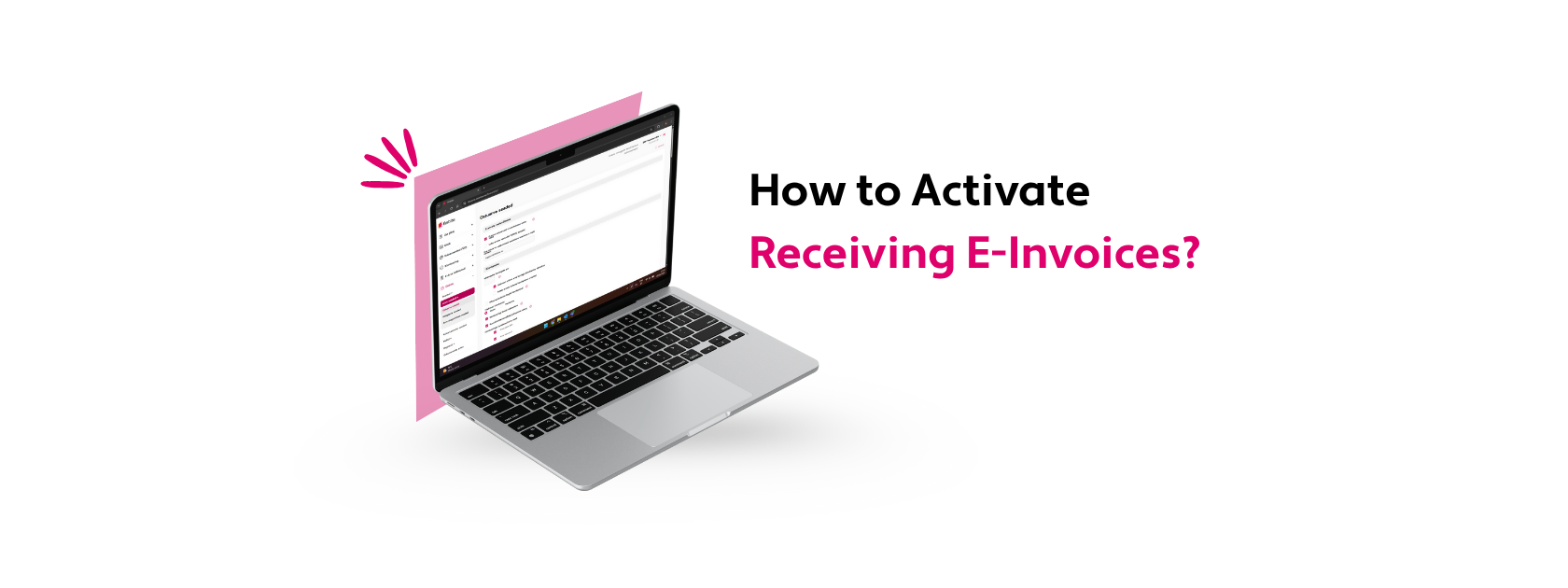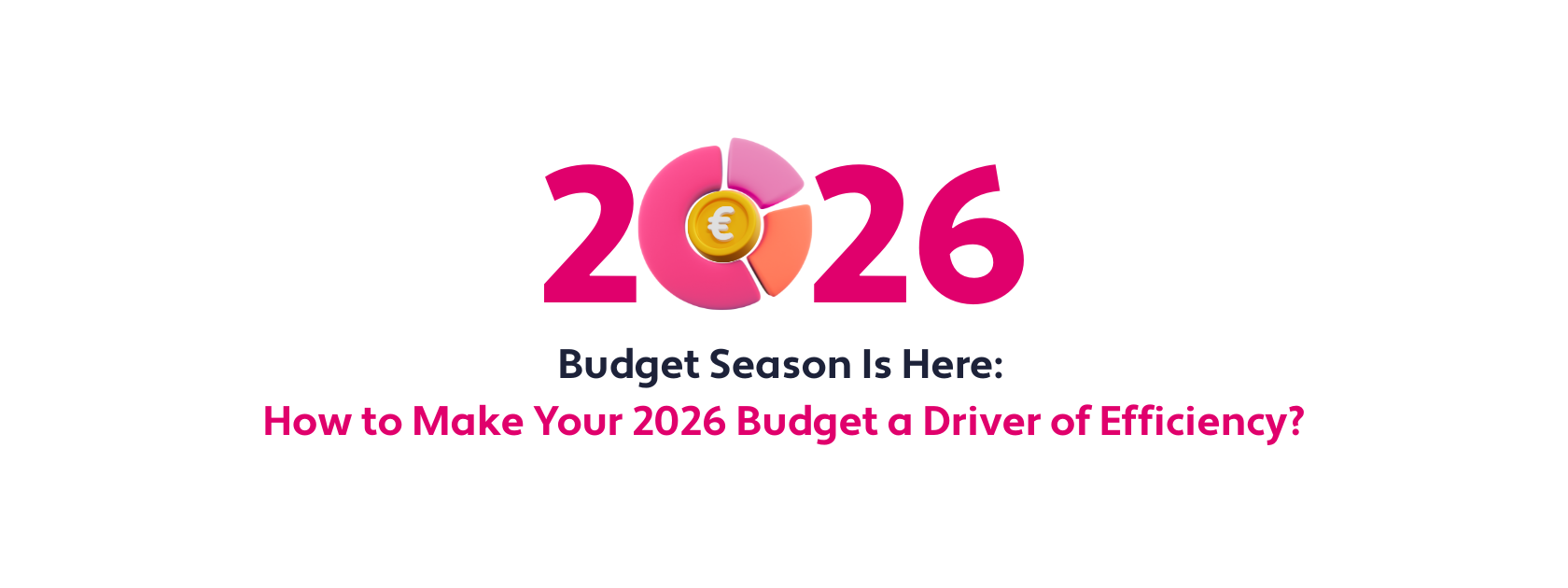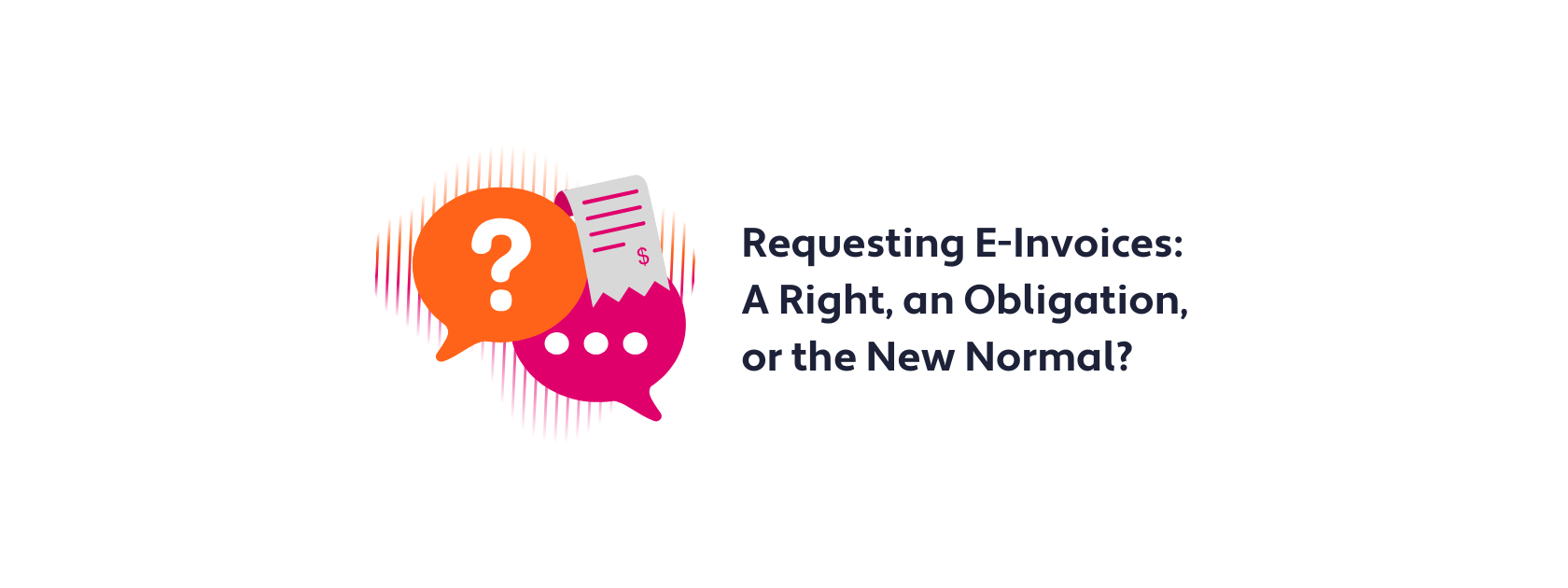
Like many other countries in the EU, Latvia is making significant strides towards mandatory e-invoicing. The country’s recent mandate for B2G e-invoicing and upcoming mandate for B2B e-invoicing show its commitment to the adoption of e-invoicing.
In this article, we’ll explore these recent changes to Latvia’s e-invoicing legislation and upcoming changes for 2026. We’ll explain Latvia’s invoice requirements and discuss how invoicing software like Finbite can help businesses adapt to Latvia’s changing regulations.
In this article
Current state of e-invoicing in Latvia
E-invoicing in Latvia has been mandatory for transactions between public institutions since 2019, but as of January 1, 2025, Latvia’s e-invoice mandates also include business-to-government (B2G) transactions. This mandate is part of Latvia’s e-invoice adoption plan, where they aim to extend e-invoicing to businesses as well.
Different e-invoicing solutions
E-invoice software for machine-readable automation
A machine-readable electronic invoice is an invoice that is in a structured data format, allowing for automatic and electronic processing by e-invoicing software and other systems.
Machine-readable invoices can be processed quickly and efficiently by invoicing software, increasing the speed and efficiency of invoicing and reducing the administrative burden on accounting teams.
For those looking to automate their e-invoicing processes, it’s essential to find software that allows for e-invoicing in a range of formats, to adapt to every business’s unique requirements. Finbite’s e-invoicing software allows users to send and receive e-invoices in any machine-readable format.
PEPPOL e-invoicing
PEPPOL e-invoicing is used extensively throughout Europe. PEPPOL e-invoicing allows businesses in the EU to send cross-border e-invoices through a standardized network, ensuring fast, secure, and cost-effective invoicing.
PEPPOL uses access points to connect users to the network. When businesses send their e-invoice to an access point, the access point converts the e-invoice into the PEPPOL format, and then sends it through the PEPPOL network to the recipient’s access point. This system is fast, cost-effective, and reduces the risk of fraud.
E-invoices are based on the PEPPOL BIS Billing specification, which is fully compliant with the EN 16931 standard.
As more businesses and governments join the PEPPOL network, the benefits of streamlined and standardized electronic transactions continue to grow, making PEPPOL e-invoicing software essential for every business.
How e-invoicing works in Latvia
Latvia invoice requirements
When sending invoices in Latvia, the invoice issuer should include general invoice information such as:
- Invoice date
- Sender information
- Recipient information
- Type of goods or services supplied
- Total amount
When issuing an invoice for taxable businesses, invoices should also include the business’s VAT number, the taxable amount according to value added tax rate, and the tax amount in euros.
According to Latvia’s new B2G e-invoicing regulations, businesses sending invoices to public institutions must use a structured electronic invoice that allows for automatic electronic processing and is compliant with EU standards.
PEPPOL e-invoicing is available in Latvia, but both the recipient and sender must be connected via PEPPOL operators. However, the public sector lacks connectivity to the PEPPOL network, so the Latvian tax authority wants businesses to send e-invoices through Latvia’s e-Address platform, giving them a clear overview of all e-invoices.
Businesses that choose to send e-invoices via other channels must also submit their e-invoices to the tax authority through the Latvian Electronic Declaration System.
Examples of e-invoicing in Latvia
Latvian Railways: Latvian Railways uses e-invoicing to improve their freight transport system. Through electronic invoicing, they can automatically inform state customs of cargo volumes and keep customers up to date about freight transportation.
Riga City Council: Customers can submit electronic invoices for services provided by the municipality of Riga through the municipality portal. This allows for efficient and environmentally friendly payment processing, which benefits Riga City Council and customers.
Omniva: Based in Estonia, Omniva also provides post and logistics services in Latvia. Omniva uses Finbite’s e-invoicing solutions to send and receive e-invoices, digitize PDF invoices, and streamline e-invoice approval through Finbite’s invoice confirmation circle.
Future of e-invoicing in Latvia
As of January 1, 2026, the Latvian government will mandate e-invoicing for business-to-business (B2B) transactions. This new regulation falls in line with Latvia’s overall strategy for e-invoicing.
According to Latvia’s Shadow Economy Restriction Plan (2024-2027), the country aims to combat the shadow economy and reduce Latvia’s VAT gap through measures like e-invoicing.
The four-year strategy includes compulsory implementation of continuous transaction controls (CTC) for the e-invoicing business sector by the end of 2025. This means that data will be obtained directly from e-invoicing transactions in real time.
While there are significant challenges with adopting new e-invoicing regulations, digitalization and automation are expected to generate operational efficiencies and cost savings for Latvian businesses.
FAQ: Latvia E-Invoicing
What do you need to send or receive an e-invoice in Latvia?
Latvia’s invoice requirements depend on the type of invoice. In general, invoices should include information like the invoice date, sender information, recipient information, type of goods or services supplied, and the total amount.
If the invoice recipient is VAT registered, then the invoice should also include, the VAT number, a description of the VAT rate applied, and the amount
When sending PEPPOL e-invoices from Latvia to other countries, you need a PEPPOL ID and access to a PEPPOL service provider.
How many countries use e-invoicing?
Currently, more than 80 countries worldwide have e-invoicing mandates in some form, and an additional 50 countries are planning to impose mandates. With EU Directive 2014/55/EU mandating e-invoicing adoption for public sector entities, all EU countries have taken steps to introduce e-invoicing.
How to send a free e-invoice in Latvia?
Businesses can submit e-invoices to public institutions for free through individual municipality websites or Latvia’s centralized eGovernment platform. Businesses can sign up for Finbite’s Starter plan to send 5 free e-invoices per month (incl PEPPOL).
Who requires e-invoicing in Latvia?
As of January 1, 2025, e-invoices are required for all business-to-government (B2G) transactions, which means all public institutions require e-invoicing. E-invoicing for B2B transactions in Latvia will also become mandatory on January 1, 2026.
What is the best software for e-invoicing in Latvia?
Finbite is the best e-invoicing software in Latvia. As an all-in-one invoicing solution, Finbite users can easily create, send, and receive electronic invoices in any format, including PEPPOL. This is essential for Latvian businesses, as Latvia is quickly adopting mandatory B2B e-invoicing.
Finbite has a simple, intuitive design that makes it easy for businesses to make the transition to e-invoicing. Through integrations with leading ERPs in the Baltics like SimplBooks and Scoro, Latvian businesses can easily sync their existing systems with Finbite’s e-invoicing software.
Get started with e-invoicing in Latvia with Finbite
With B2G e-invoicing now mandatory and B2B e-invoicing mandates on the horizon, Latvian businesses need effective e-invoicing solutions. Finbite is an easy-to-use invoicing platform where businesses can create, send, and manage invoices in any format.
Finbite not only ensures businesses meet Latvian e-invoice mandates, but also provides automated invoicing to lower costs, reduce errors, and increase efficiency.
Get started with Finbite today to make the transition to e-invoicing.





